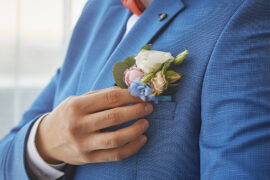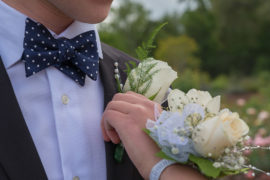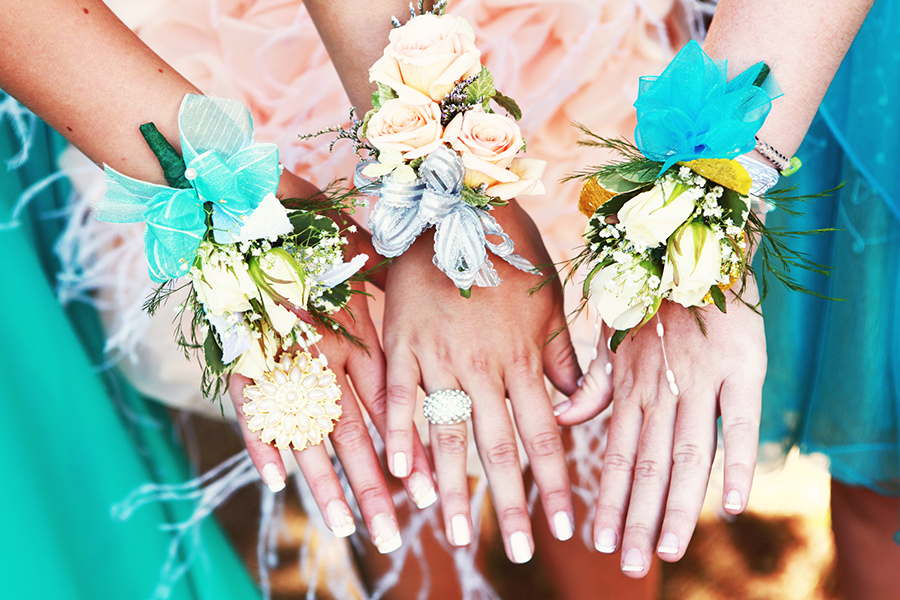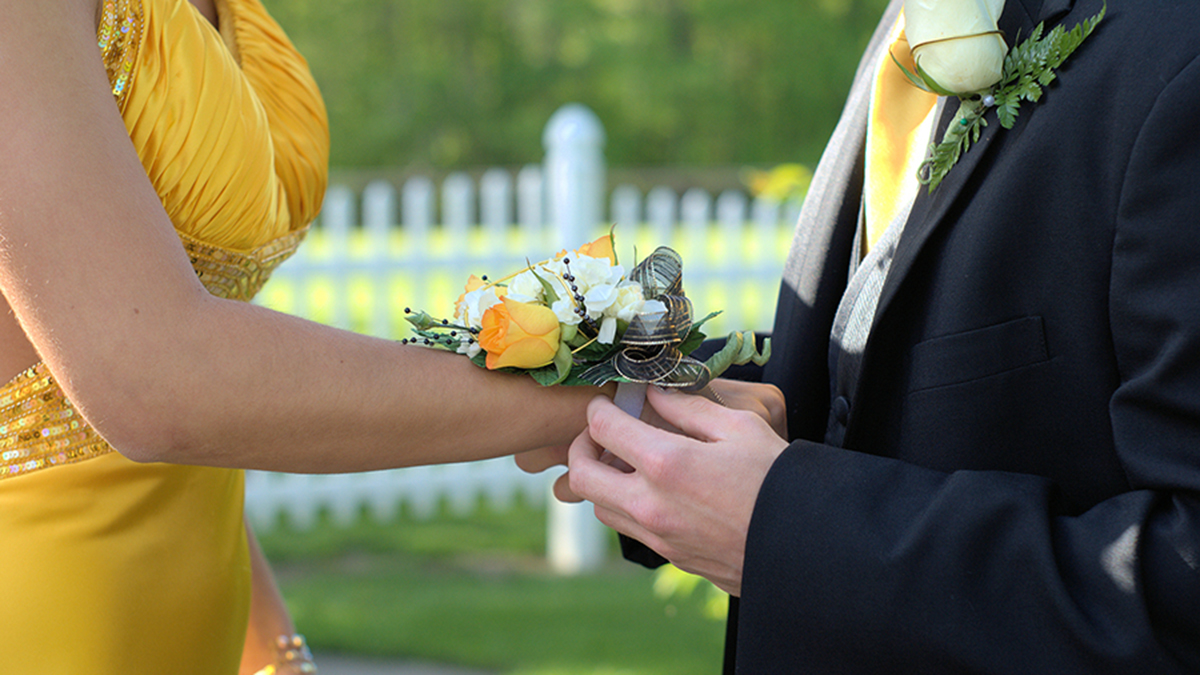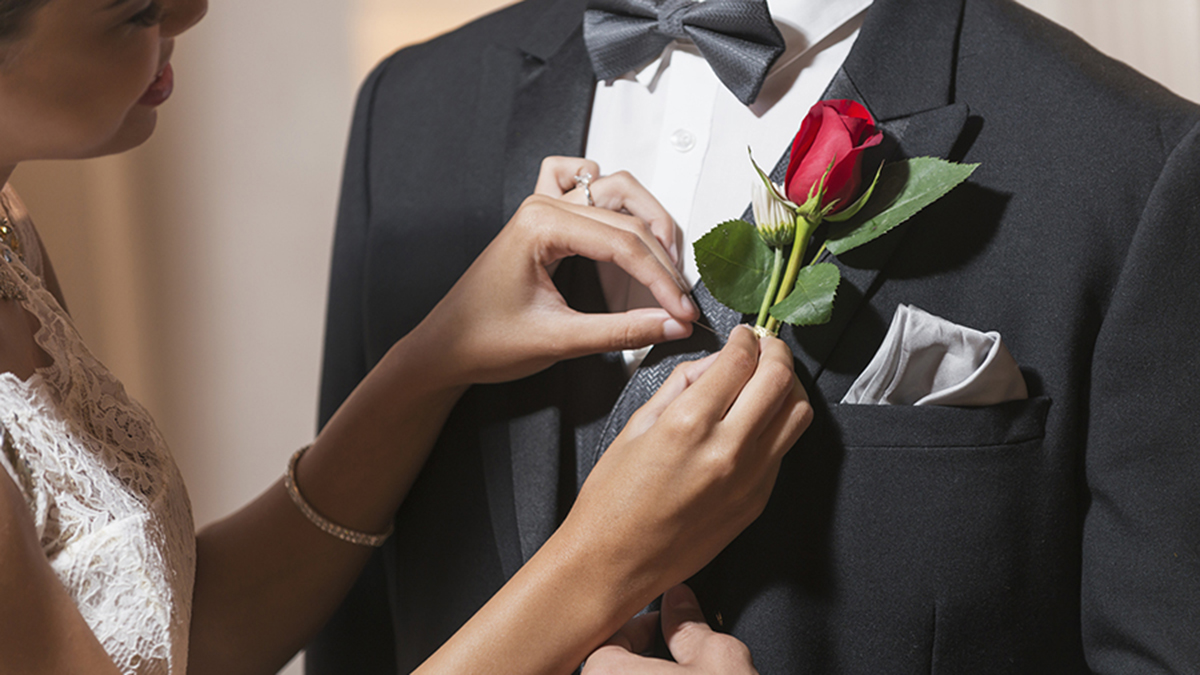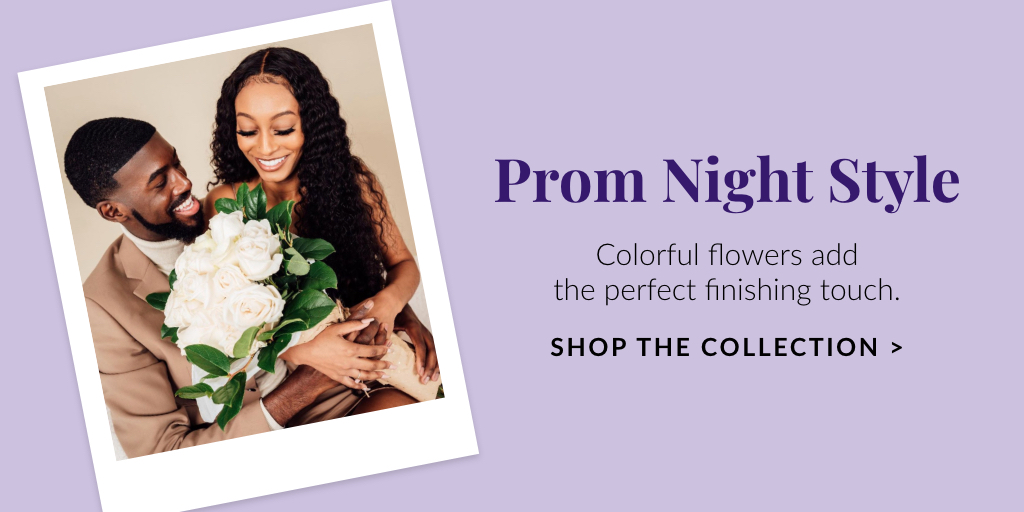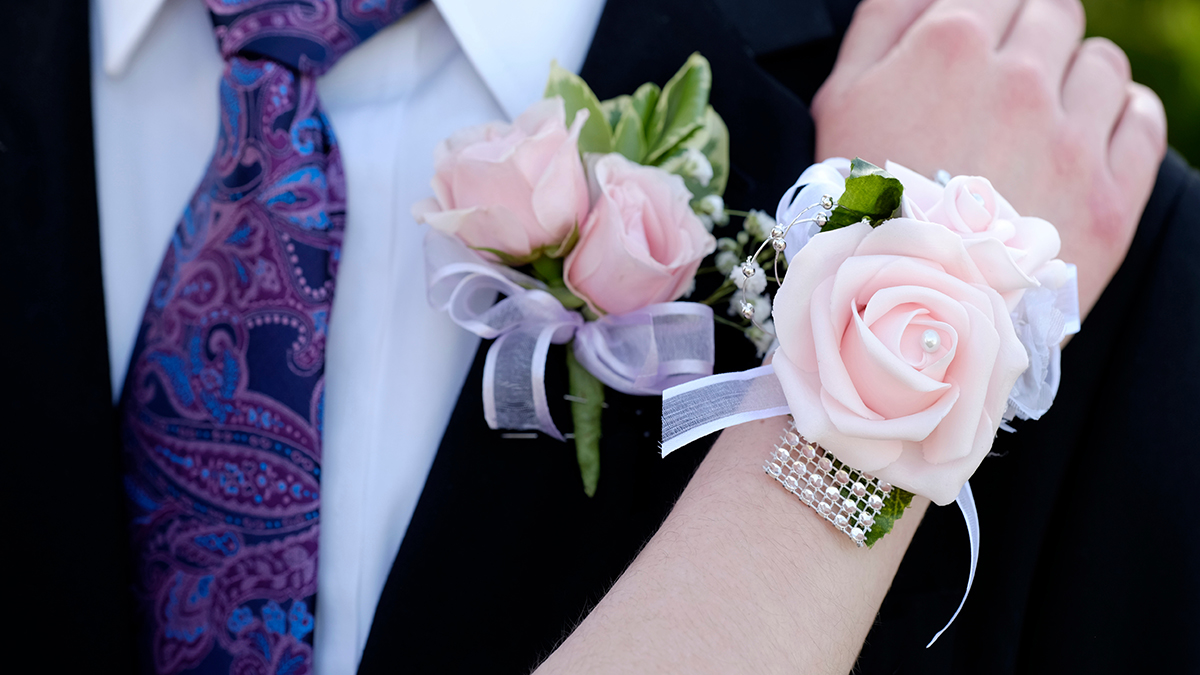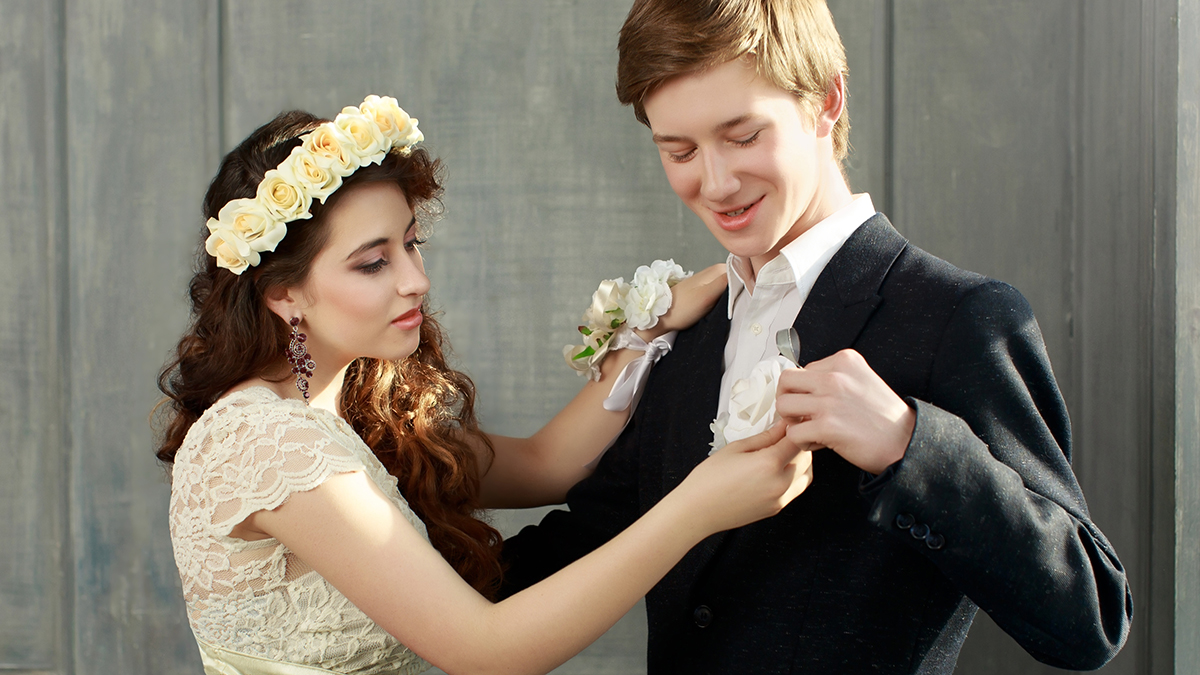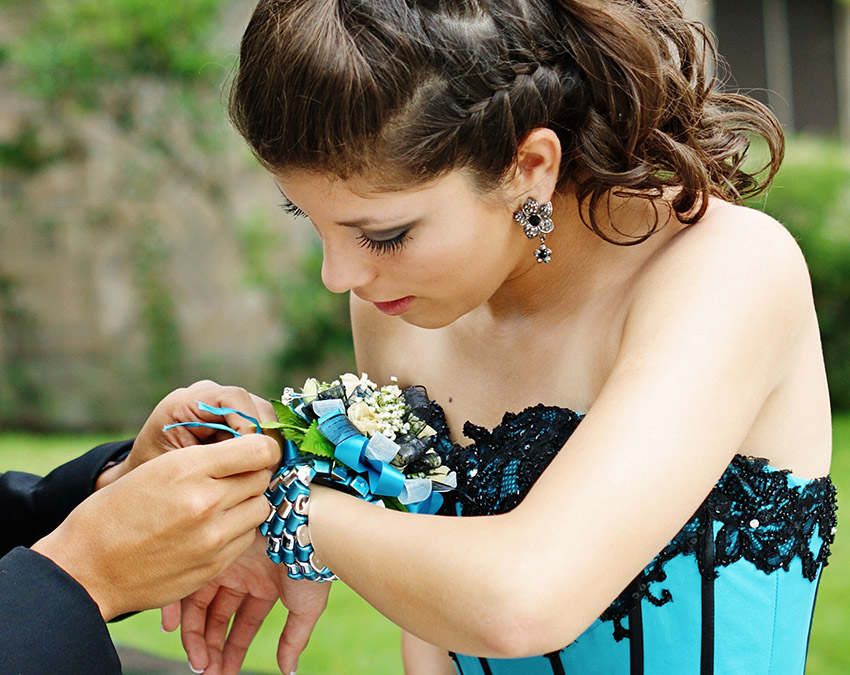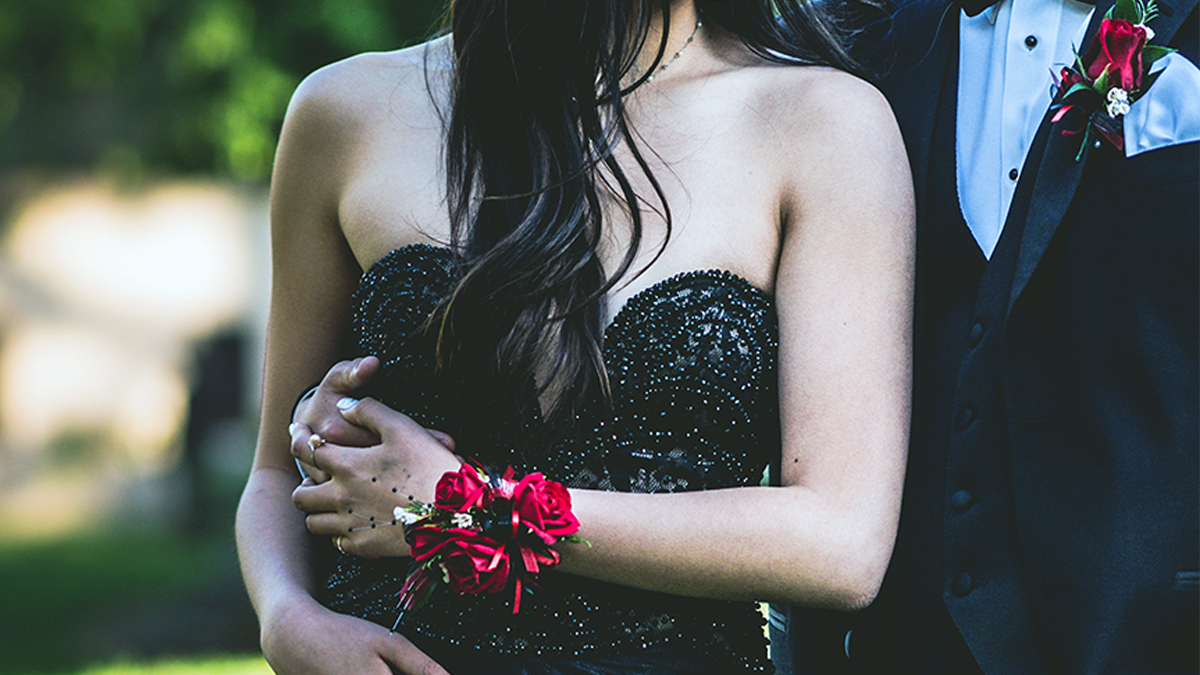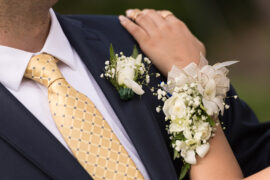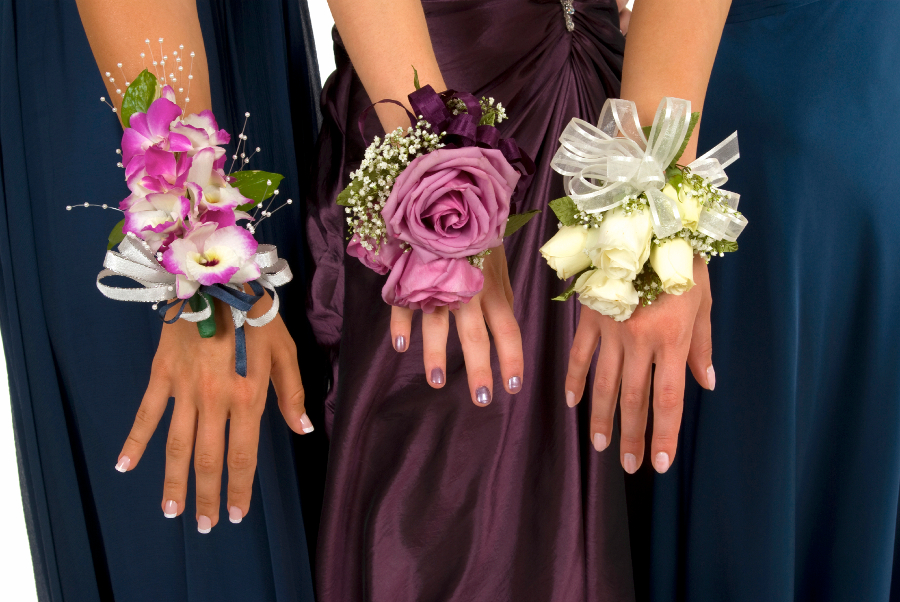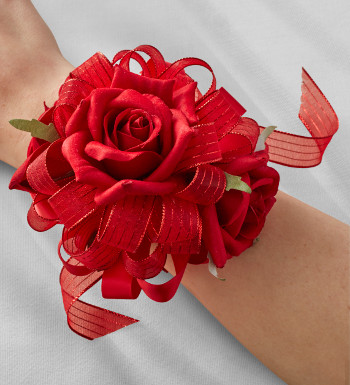A boutonniere is a classic accessory that adds a touch of elegance and sophistication to any suit or tuxedo. However, many people don’t know how to put one on, which can lead to frustration and even damage to the flower itself (not to mention the possibility of sticking yourself with a pin).
If you have a special occasion coming up and want to add that final touch to your formal attire, you may be wondering, “How do I put on a boutonniere?” In this step-by-step guide, we walk you through how to put on a boutonniere in under 5 minutes.
Choosing the right boutonniere for your suit
The boutonniere’s purpose isn’t to steal the show, per se, but rather to add a final flair to your overall ensemble.
First and foremost, consider the color of your suit. The boutonniere should provide a contrast that allows it to stand out without clashing. It doesn’t have to match your tie or pocket square precisely, but it should complement the colors and patterns of your overall attire.
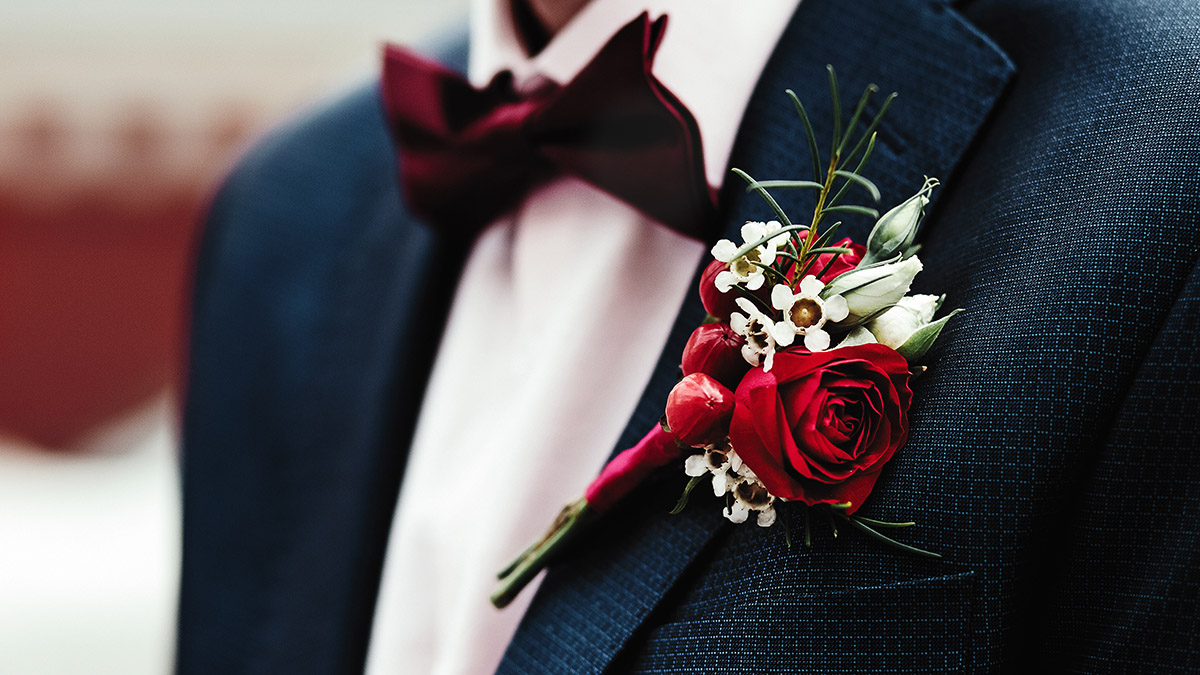
Other factors include the style of your suit and the occasion you’re attending. An ornate, extravagant boutonniere may be out of place at a business event, but perfect for a festive gala. A simple, elegant rose is a classic choice for weddings, while a less formal event, such as a prom, might call for a playful, colorful carnation.
Take note of the season as well. Certain flowers are more readily available and appropriate for different times of the year. A sprig of holly adds a festive touch for a winter event, whereas a daisy might be just the thing for a spring gathering.
Finding the right placement for your boutonniere
The traditional place to pin a boutonniere is on your left lapel. (That’s so it’s closer to your heart, a nod to the symbolism it carries.) To determine its exact location, look for the buttonhole on your lapel. If you don’t have a buttonhole, simply imagine where it would be, generally halfway up the lapel.
Next, align the stem to run parallel with the edge of your lapel. This gives it a neat, tidy look and keeps it securely in place. Make sure the flower head is pointing skyward.
Lastly, ensure your boutonniere doesn’t extend beyond the width or length of your lapel. This is not an instance where “bigger is better.” An oversized boutonniere may end up looking more gaudy than classy. The key is to seamlessly integrate the boutonniere into your outfit, not overwhelm it.
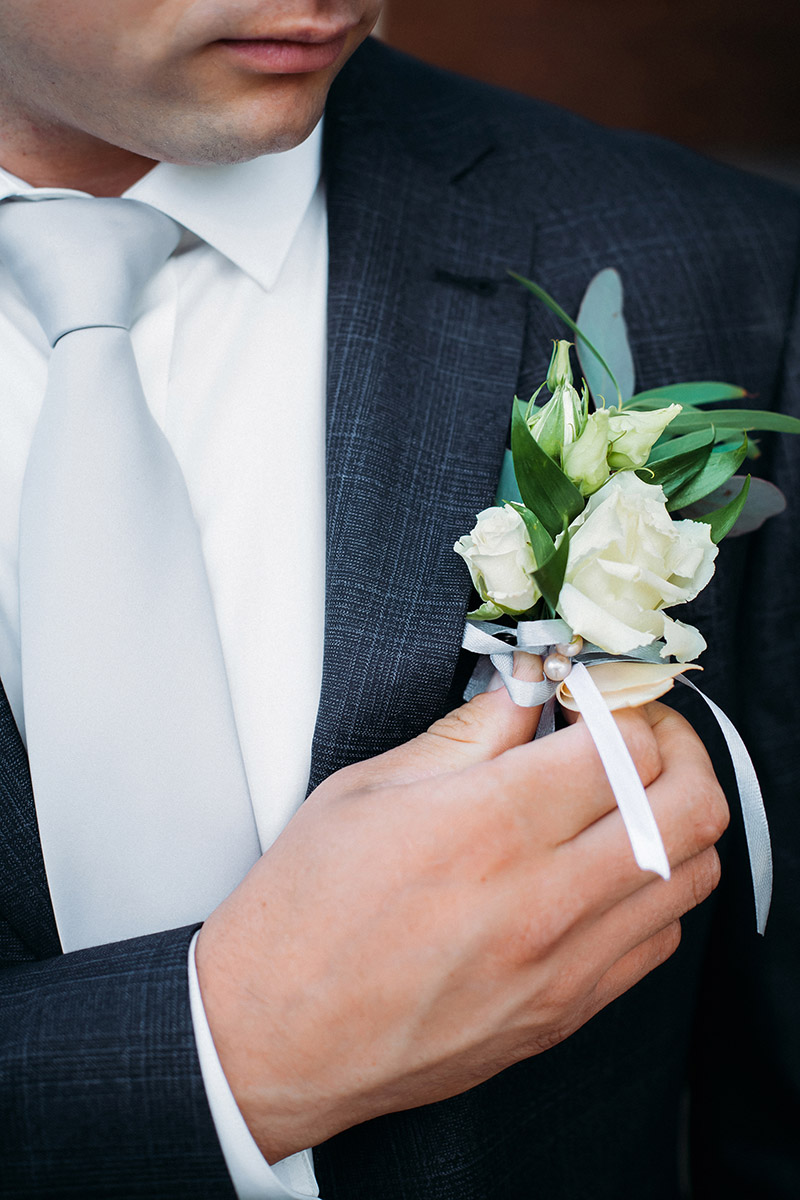
Pinning the boutonniere: A step by step guide
- Before pinning your boutonniere, ensure it is in pristine condition. A wilted or worn boutonniere can distract from your polished appearance.
- Hold the boutonniere up to your left lapel, positioning it over the buttonhole.
- Grab a pin. (This is typically included with the boutonniere. If it is not, a simple straight pin will do.)
- Gently hold the boutonniere in place with one hand. With your other hand, push the pin through the back of your lapel, catching the boutonniere’s stem and pushing the pin back through to the backside of the lapel. Be careful not to prick your fingers!
- Double check the position. It should be firm, not wobbly, with the pin hidden from view.
- Check your reflection to confirm that the boutonniere isn’t extending beyond the width or length of your lapel.
- Step back and admire your work!
Practice before the big event
Don’t wait until the day of your event to try putting on your boutonniere for the first time. Be proactive and practice beforehand.
With adequate practice, you’ll cultivate the skill and confidence needed to attach your boutonniere flawlessly. Plus, you’ll be prepared for any last-minute adjustments or reattachments required on the day of the event.
